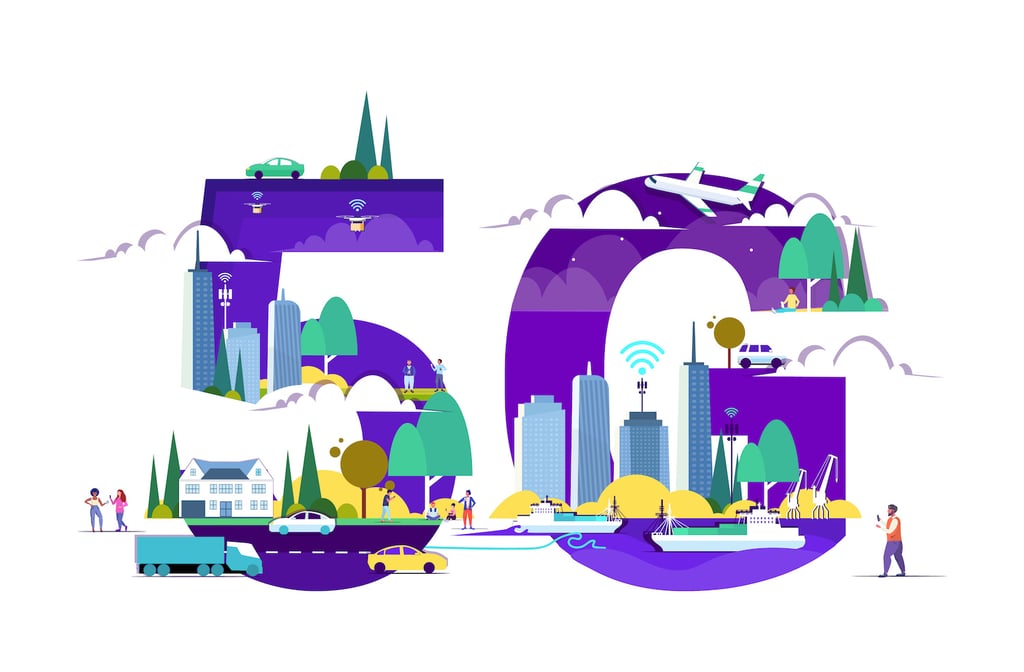
Developing Tech: What’s Next?

Industries, to a greater or lesser degree, are led by their biggest companies. This is a particularly strong trait in the cable business because the franchising approach under which it operates means that there is almost no direct competition between multiple system operators. Thus, these companies can more easily, uniformly and efficiently play follow the leader on technical and business issues.
Comcast, which for many years has been the industry leader, has had an interesting spring. Most noteworthy, of course, was the cratering in April of its attempt to vastly extend its lead in the cable industry by adding the second place player to its team. The ramifications of that failure will play out, quite publicly, during the next few years.
On a more subtle note is the need for Comcast to react to increasing broadband competition. The Federal Communications Commission in February backed the rights of municipalities to establish their own networks and thus made it much likelier this would happen in places where the private sector is seen as falling short.
Two examples of Comcast reacting to this new – and uncomfortable – reality are in Chattanooga and Atlanta.
Last week, Comcast said it will offer 2 Gigabit per second (Gbps) services in Chattanooga beginning next month. The Gigabit Pro service initially will cover 200,000 residents.
The likely driver of that move is that the Tennessee city is home to what Network World calls “one of the most successful and well-known municipal broadband deployments in the country.” The network, launched by the city’s Electronic Power Board in 2008, earned the city the moniker “Gig City” by eventually offering 1 Gbps and 100 megabit per second (Mbps) services for $70 and $58 per month, respectively.
The Guardian offers a feel-good profile of Chattanooga and its network. It is a success that underscores the pressure that Comcast, and by extension the rest of the cable industry, is under:
It’s a story that is being watched very closely by Big Cable’s critics. “In DC there is often an attitude that the only way to solve our problems is to hand them over to big business. Chattanooga is a reminder that the best solutions are often local and work out better than handing over control to Comcast or AT&T to do whatever they want with us,” said Chris Mitchell, director of community broadband networks at advocacy group the Institute for Local Self-Reliance.
Another example of the type of competition Comcast is facing is shaping up in Atlanta. Google has said that it is a future home of Google Fiber, which provides 1 Gbps service. AT&T last month said it will launch its GigaPower offering, which offers the same speed in Atlanta, Sandy Springs, Decatur and Newnan.

Comcast’s reaction to the providers seemingly lining up in the city will be to offer fiber-to-the-home (FTTH) services. On April 2, the MSO said that it will begin to offer services to 1.5 million customers starting this month. It will not be available to all residents. The press release says that it will require installation of professional-grade equipment and only will be available to premises “within close proximity of Comcast’s fiber network.”
The bottom line is that the landscape has been increasingly challenging for Comcast. New competitors, regulators at the state and federal levels who believe in making it easier for competitors to get in the game, and municipalities who are apt to take advantage of those opportunities all present challenges. But Comcast is a big company with mammoth resources that can hold its own – if it understands that its monopoly days are behind. The signs of the past few months are that it does.
Carl Weinschenk covers telecom for IT Business Edge. He writes about wireless technology, disaster recovery/business continuity, cellular services, the Internet of Things, machine-to-machine communications and other emerging technologies and platforms. He also covers net neutrality and related regulatory issues. Weinschenk has written about the phone companies, cable operators and related companies for decades and is senior editor of Broadband Technology Report. He can be reached at cweinsch@optonline.net and via twitter at @DailyMusicBrk.












